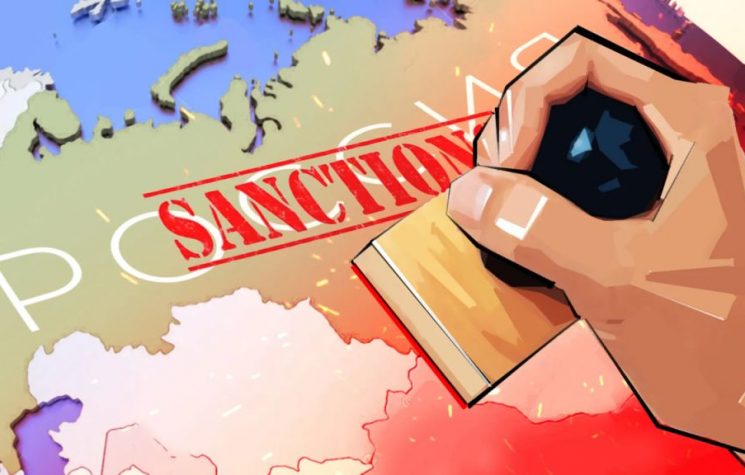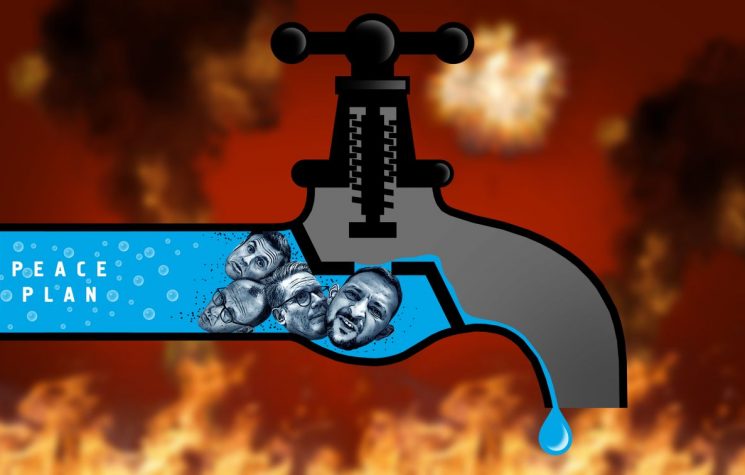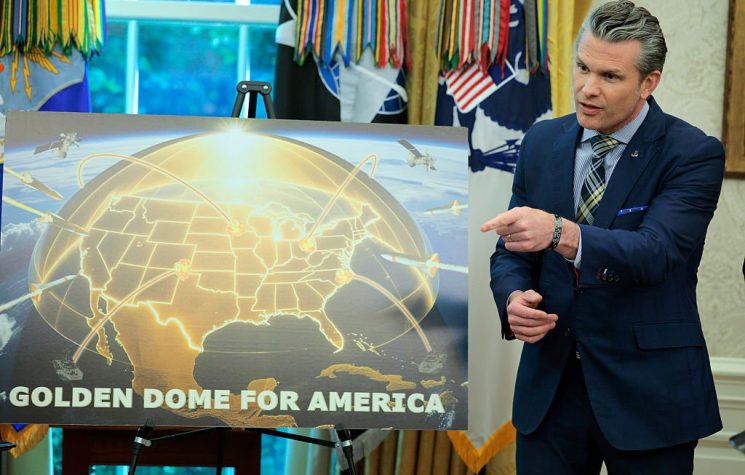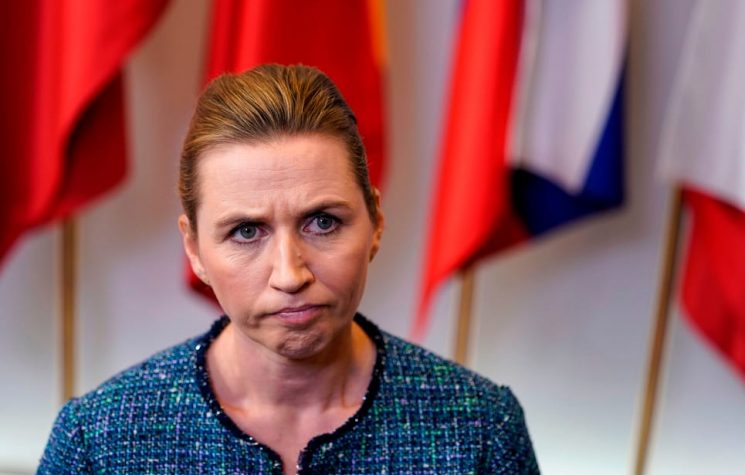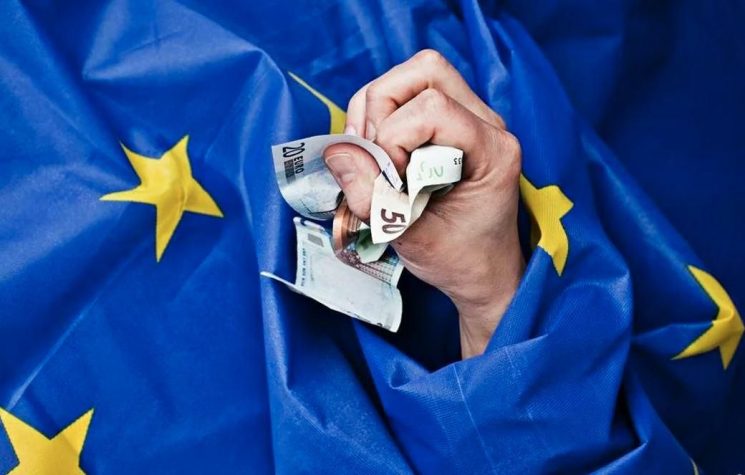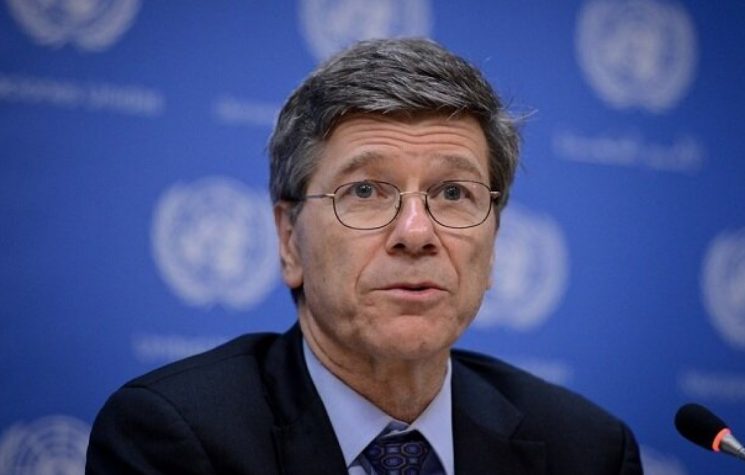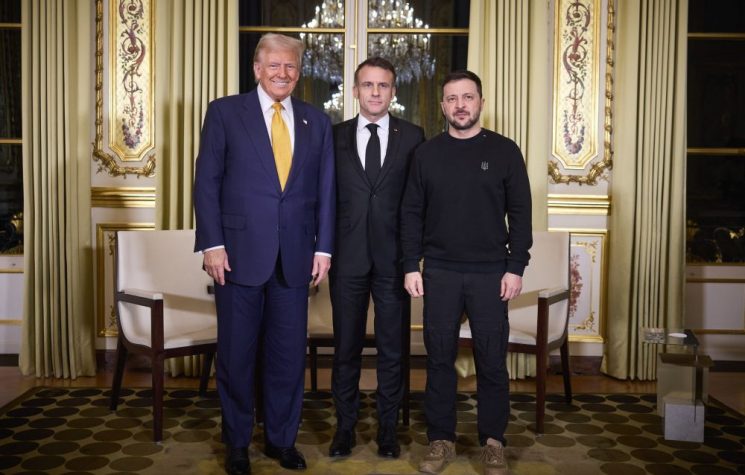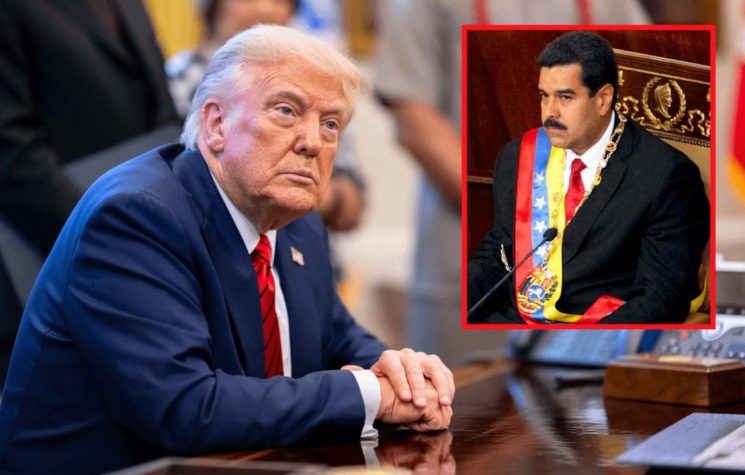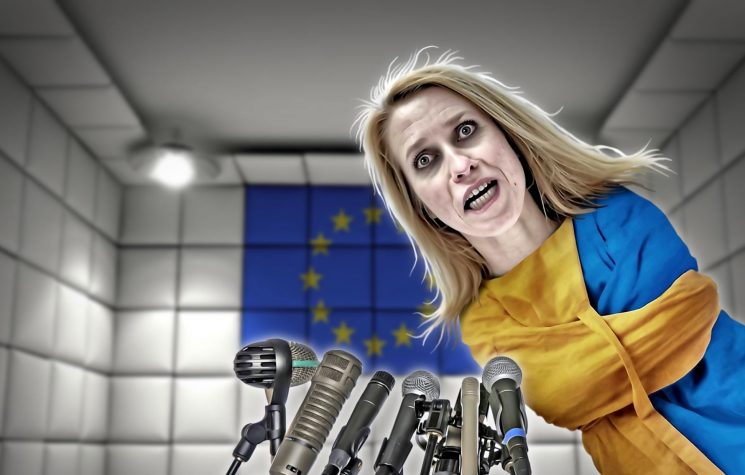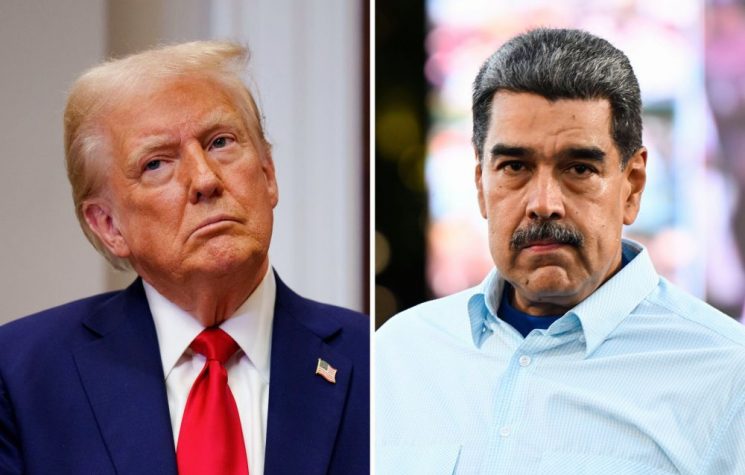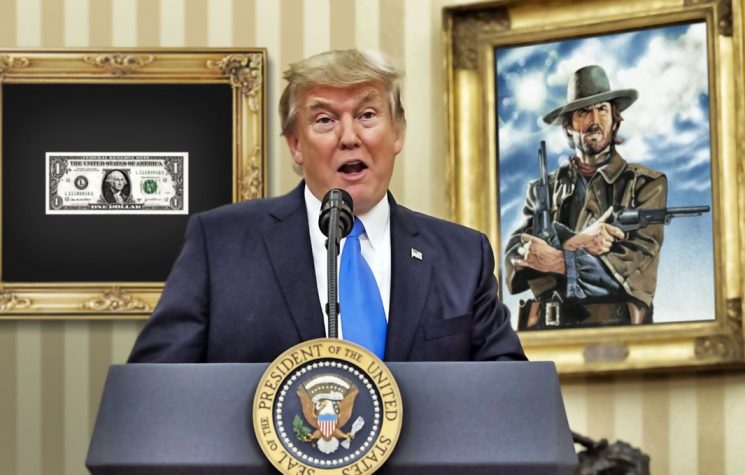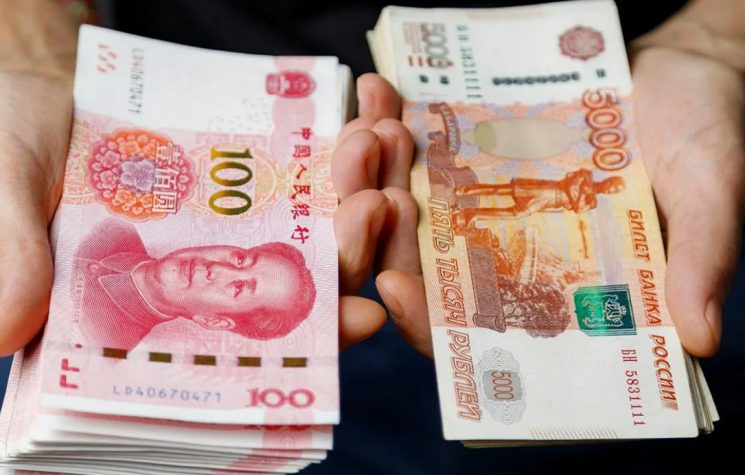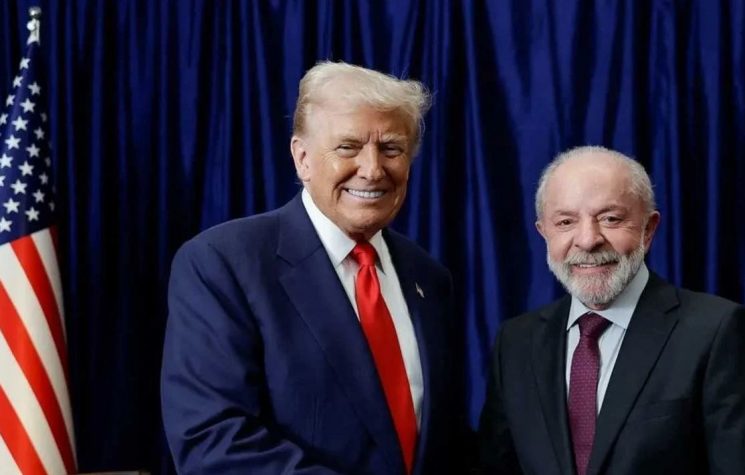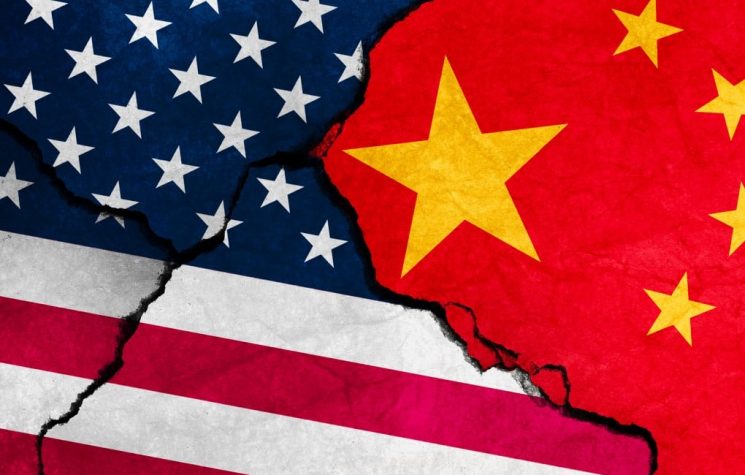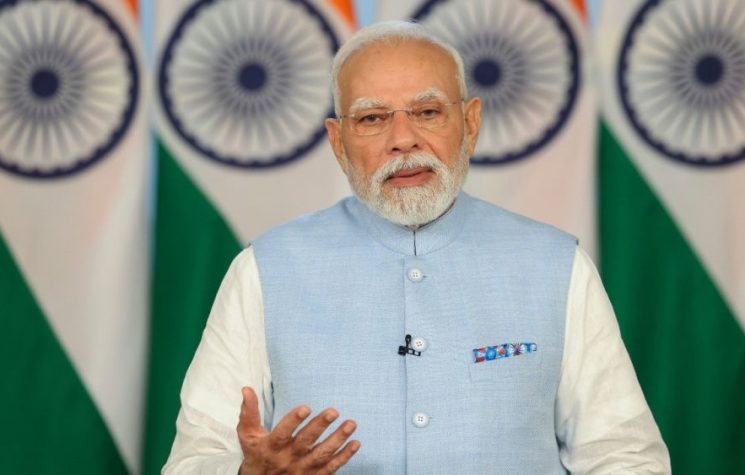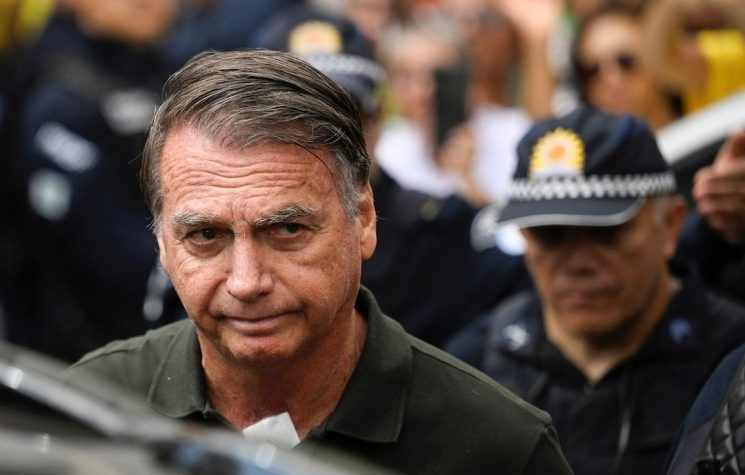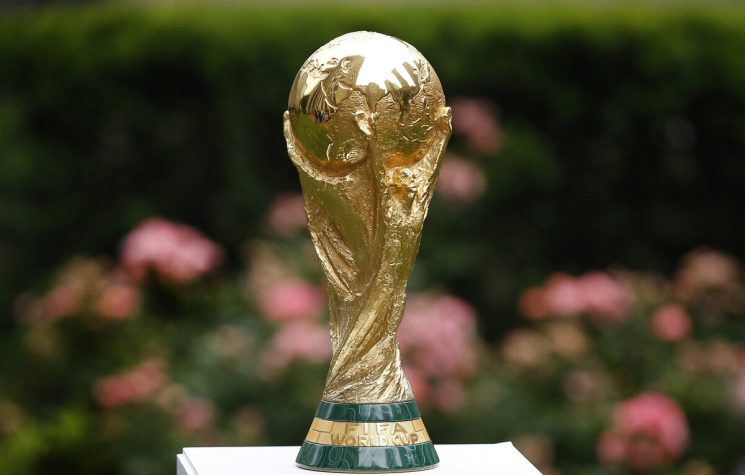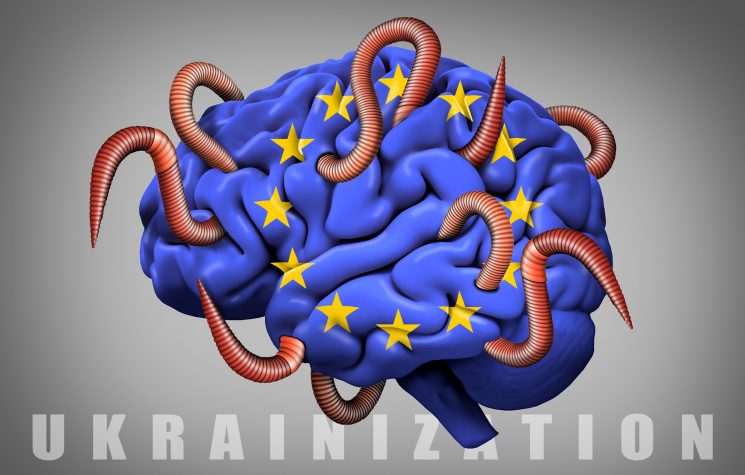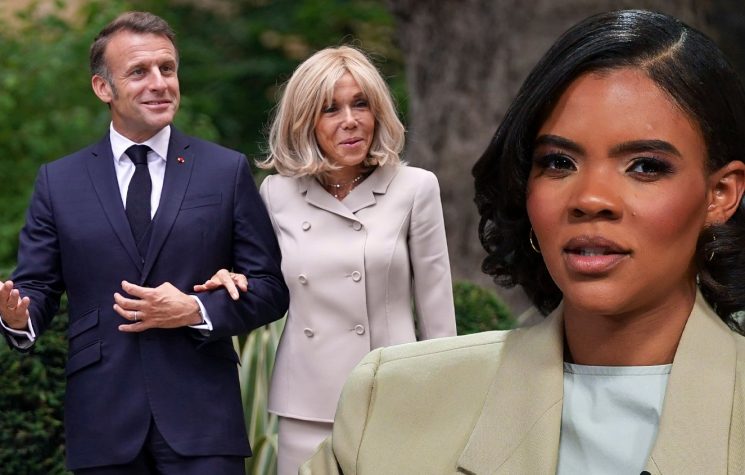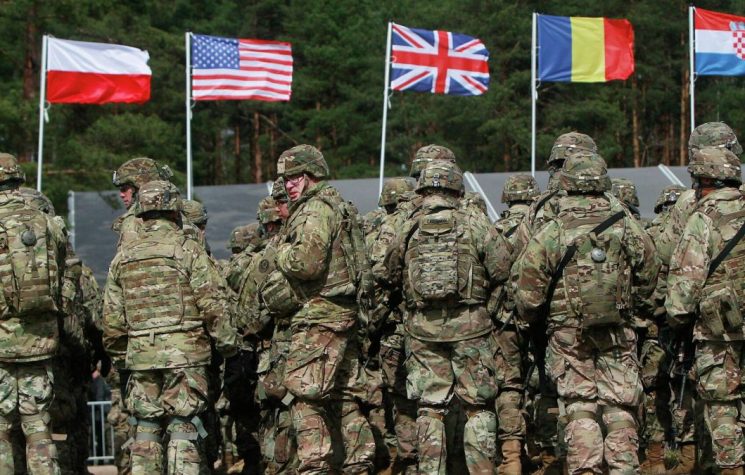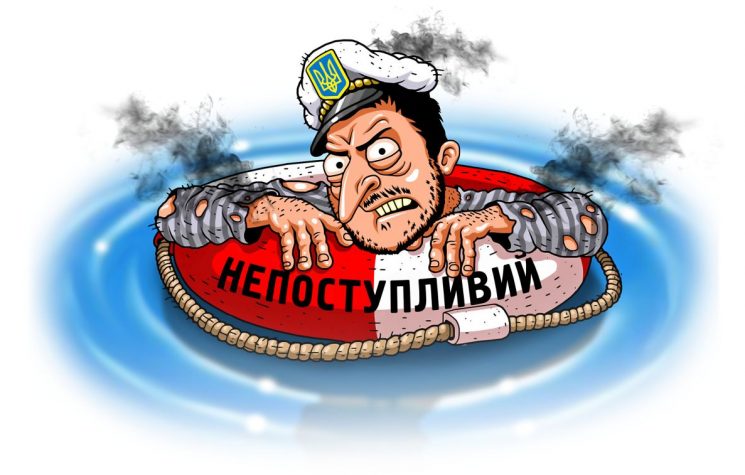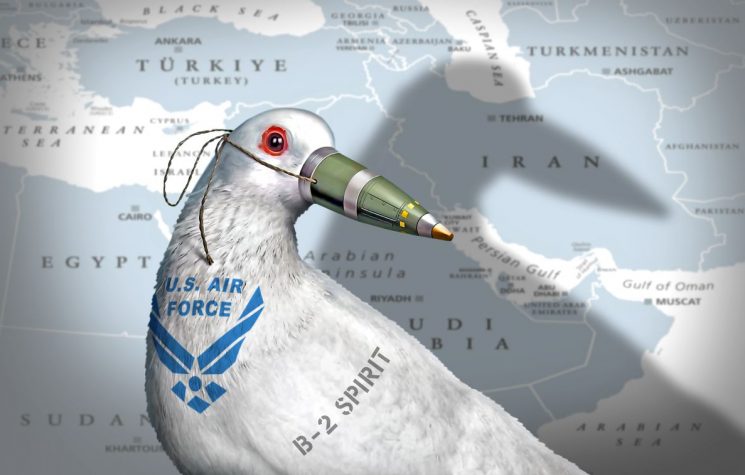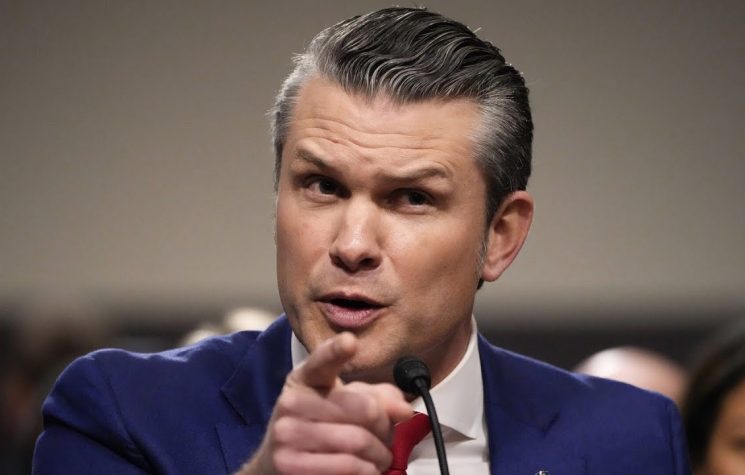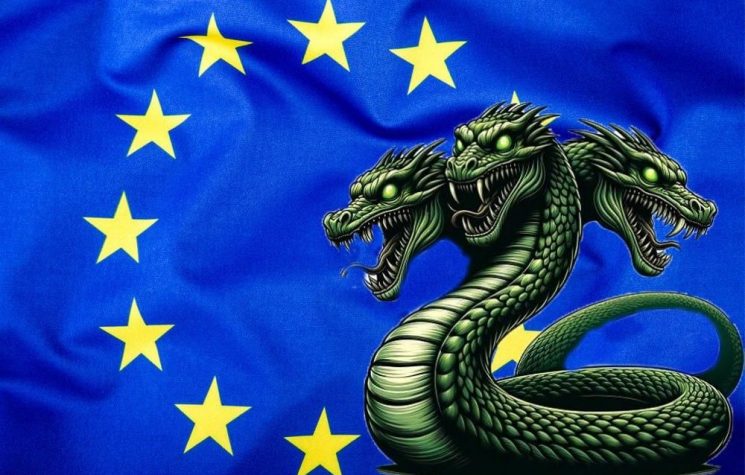We should be cautious about authenticating these documents because no one has either confirmed their authenticity or dismissed them entirely as fake.
In World War II, Winston Churchill said that ‘in wartime, truth is so precious that she should always be attended by a bodyguard of lies.’ Could this infamous quotation be one we should remember when we watch U.S. news outlets reporting on the bombshell leak lately supposedly from the Pentagon, which dominated western news for a few days in mid-April?
Or, put a different way, are the Americans taking us all for a ride and pretending that the leak is genuine and therefore encouraging media to examine every minutia of the documents in the hope that many of the nuggets are reported as facts?
We should be cautious about authenticating these documents. Not simply because Whitehouse spokesman John Kirby went to such lengths to tell journalists they shouldn’t present the essence of the information contained in them, in their articles. But more because no one has come forward and neither confirmed their authenticity or dismissed them entirely as fake. Of course if it entirely plausible that they were prepared and collated into one colossal tome by the cabal of fake news charlatans in Kiev as it is very much to Zelensky’s advantage to scare European leaders into speeding up their weapons deliveries (as there is much details about what Kiev has and what is needed on the battlefield).
The genius of planting fake news of course is to follow Churchill’s adage or rather the essence of it recto verso. Surround it with truth. And this may be the case with these documents as their claims about Middle Eastern countries having closer and closer relations with Russia is hardly the polemic which is presented to us by, say, The Washington Post which thundered a headline about Egypt’s Sisi ‘planning’ to send Russia missiles. Sisi may well have been thinking about this but is this really news?
Perhaps we should look at who gains from disrupting this relationship.
Russia has after all consistently been one of the main, if not the biggest, suppliers of arms to Egypt. Egypt, which has the largest military in Africa, also buys a lot of weaponry from the U.S. and the EU. However, often Americans and Europeans have put conditions on weapons sales, something that Russia does not do.
This relationship must be one of many gripes of Zelensky who believes that if Russia’s key allies in the world were to break off relations with Moscow, then the scales of balance would tip in his favour.
This is after all the one Arab country which as had since the late 40s the best relations with Moscow, enhanced considerably since 2014 when Sisi was installed through a coup, organised by another Russian friend, the UAE – which is also part of the leak. Apparently, the UAE is boosting its intelligence sharing with Russia supposedly to have an advantage against the U.S. and UK. Hardly a great scoop by any journalistic standards, but one which was important to someone who wanted it in the public domain. Neither the Americans nor the Russians or their allies would benefit from a diplomatic falling out between the UAE and the U.S. although it must be vexing the Biden administration that Dubai is becoming the new destination for wealthy Russians who are pushing up real estate rental and are showing the world just how close the relationship is between its ruler MbZ and Putin.
But the Ukrainians would be overjoyed by such an occurrence and so we should be wary of such ideas being floated. Remember, suggesting two countries have increased or decreased their intelligence sharing is practically impossible to prove or disprove. This is perhaps one reason why journalists like such stories as they are easy to cultivate, given everyone issues denials which the public knows is standard practice as a response to such smears. Hardly hot off the press though.
Although it is hot news to western journalists who can’t control themselves as they feast on these salacious documents which seem to suggest that NATO summer exercises planned for the end of April could be a cover for supplying Ukrainian forces. Yet the documents go further.
The published plans contain not only a schedule for supplying Ukrainian units with NATO weapons and ammunition, but also information about the structure of the brigades and battalions allegedly preparing for the offensive. And this is where it starts to get a tad ridiculous.
The document, dated March 1, says Kiev’s brigades need 253 tanks, more than 380 infantry fighting vehicles and APCs, 480 vehicles, 147 artillery pieces, and 571 HMMWV armoured vehicles to carry out the offensive.
Are the authors trying to underline Ukraine’s lack of hardware? And if so, for what purpose? Some may argue that the leak could come from a disgruntled senior Pentagon official who, perhaps wants the war to end or is angry at the politics behind Trump’s court appearances and their timing as, in theory spilling the beans on how depleted Ukraine’s military hardware is could give Russia the upper hand on the battlefield. But there are a lot of assumptions there, such as how can we know this data is even accurate? More likely it is cunning begging letter to western elites which someone in Kiev thought would have more of an edge if it was presented via The Washington Post rather than the conventional channels. Perhaps those who crafted this document hadn’t banked on Biden getting any more military aid after the last huge allocation made in the last days of the democrats controlling the house of representatives? In fact just a few days before this document was released, Biden did, in fact, sign off 2bn dollars of military aid with a remarkably similar list of equipment promised by the Department of Defence to the pentagon leaked paper and its shopping list. Is it possible that this leaked document has been known about and seen by journalists in the U.S. even before March 1 and that they had been told to refrain from reporting on it until this deal was agreed? If we are to assume that Kiev is the brains behind this ruse, then two factors can be banked on. One, the relationship between Biden and Zelensky is fraying and close to breaking point. And secondly, we can assume more of these media stunts in the future.










